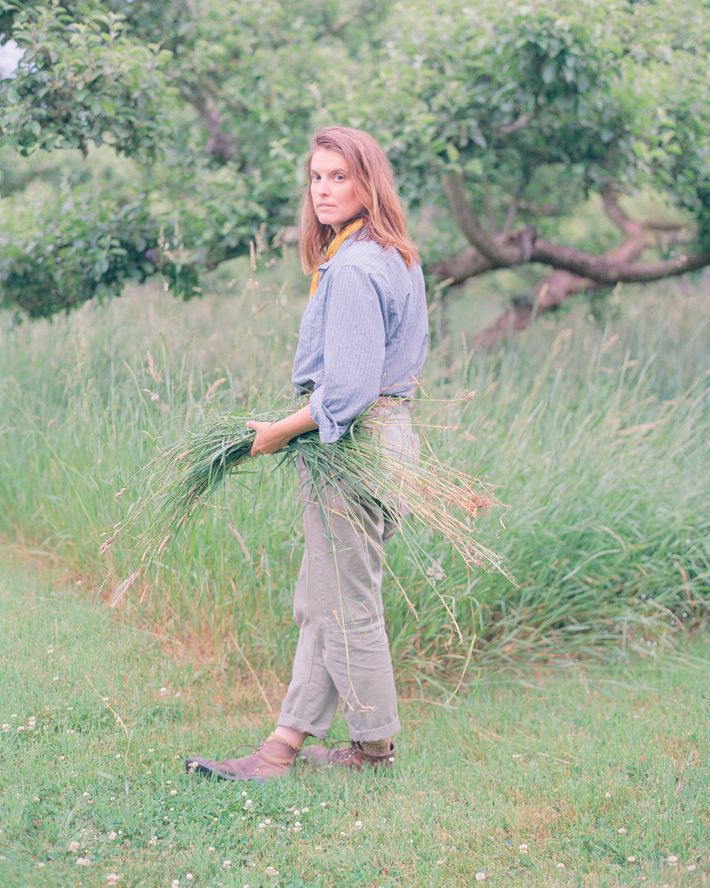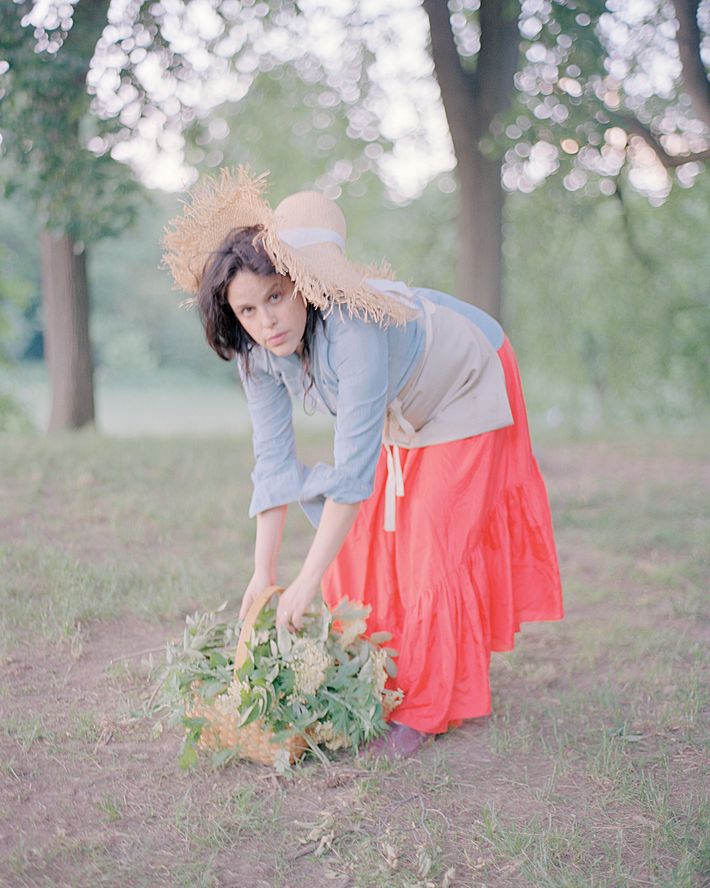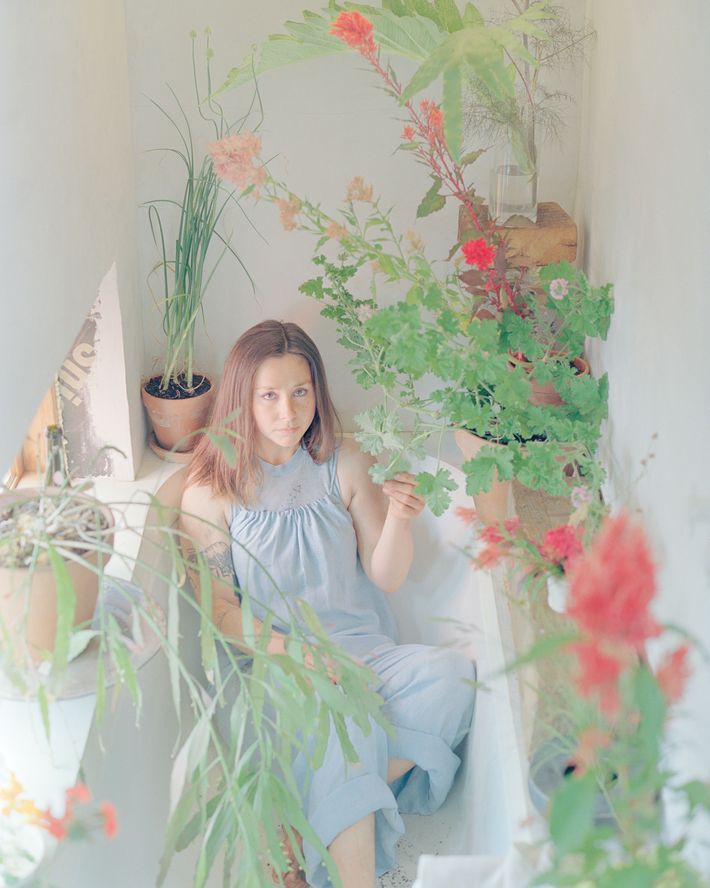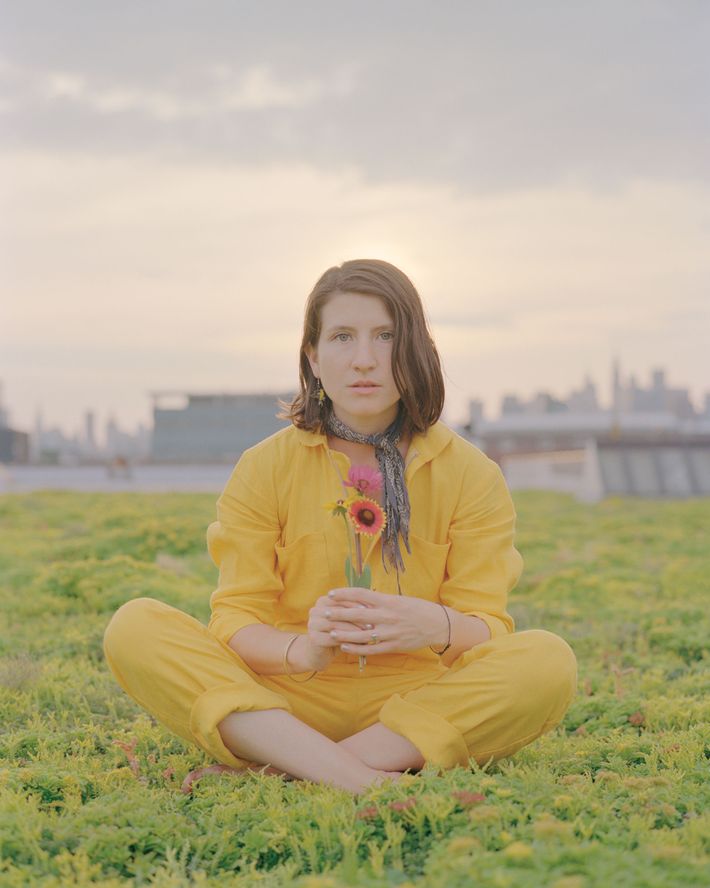Over a spring weekend, thousands of plant lovers (in Rachel Comey denim and rare Birkenstocks) gathered in Bushwick to buy exotic cacti, learn to cultivate mushrooms, and sip natural wine. The event was called Understory, the word for the vegetation that grows beneath the main canopy of the forest. Unlike past back-to-the-land movements, this one isn’t about growing millennial-pink radicchio or starting grass-fed dairy farms. In fact, it has nothing to with “human consumption,” says Niki Jackson, who carpets rooftops with indigenous wildflowers, but rather “giving back to the environment that we’ve taken so much from.”
Taylor Johnston
Co-founder of Issima and design studio

“I studied horticulture in college, which actually can be a problem. You have to learn all the rules and know how to play within a framework, but then it’s really important later to question those things … There’s a commonality to the people I work with and really respect: They all came to the field from the humanities and arts, not a strict horticultural program.”
Cerise Mayo
Founder of Understory, an ecology event held annually in Brooklyn

“I was very little and living in New Jersey when my parents took me to look at the Manhattan skyline. I was like, ‘Oh, it’s so close — could people swim to Manhattan?’ ” My parents said, “Oh my God, no, it’s way too polluted.” Even then I thought, That’s really lazy. We should clean it up.”
Taryne Messer
Gardener and florist; runs Saipua Plant Sale

“I dropped out of college and fell into floristry. I had a summer in Alaska on a peony farm, and that was my training. It was really off the grid, like I had to take a float plane to get there; a generator ran for an hour in the evening. I gained a lot of clarity there and realized [gardening] is super-therapeutic … With time and observation and loyalty, even neglect, you get to see something evolve.”
Audrey Turner
Manager at Cactus Store

“Being in the desert is a transcendental experience for me, but it’s really about the plants. They’re fascinating. Cacti have taught me to slow down, since they grow so slowly. They’ve taught me about perseverance in extreme situations. The luckiest souls maybe end up in the body of a cactus one day.”
Niki Jackson
Project coordinator at Kingsland Wildflowers with NYC Audubon

“I arrived in New York ten years ago to pursue publishing, and the recession hit and I lost my job. So I did what I knew how to do: I started gardening. This project speaks to me in a big way because nothing here is for human consumption. It shifts your perspective. We’re not constantly looking at what we can take; we’re looking at what we can do as humans to give back to the environment we’ve taken so much from.”
*This article appears in the June 25, 2018, issue of New York Magazine. Subscribe Now!
